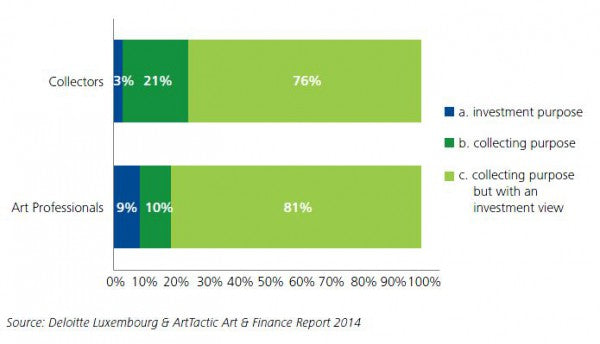Art as an investment
Investing in original artwork often turns out a win-win situation, giving you enjoyment on a daily basis in your home and adding life and personality to your rooms or work, and at the same time, giving you the opportunity to sell the artwork at a later time, and at a higher price.
Andy Warhol once said: "making money is art." But what about making money from art?
Buying art as an investment is not only a way of accruing valuable assets – it can also transform a house into a home, and add elegance and style to an office. However, starting a collection can be intimidating, especially when considering how to select, frame and hang your new artworks.
Different artists and styles of work will naturally appeal to different people. If you’re not yet sure what art you enjoy most, browsing an art gallery online is a good way to explore and experience new types of art.

The placement of an artwork in your home can make all the difference to its overall impact in a room. The right positioning can ensure the best light, the right view and the ideal focal point.
“Seeing pieces from a new angle can be like seeing them again for the first time,” explained interior designer Niloufar Bakhtiar-Bakhtiari, a patron at the Royal Academy and member of the acquisitions committee at Tate Modern.
“Art should be hung lower than you think. Many people fall into the trap of hanging art too high, which creates an awkward focal point within the room.”
As your collection grows, you may also need to consider other artworks which will be on display nearby before adding new styles of work to your walls.
Fine art does not deliver quarterly dividends like stocks and bonds. Investing in art does deliver intangible daily dividends such as the pleasure of looking at an impressive work of art. Owning fine art is prestigious and self-satisfying across many cultures. When chosen carefully a work of art will provide enjoyment of one sort or another. Sometimes it will also produce monetary returns on investment.
Art investors take part in social events at galleries, museums, art fairs, and auctions. All these joys are value added aspects of investing in art. Buying art is investing in art. It might be for personal pleasure. It could be simply to decorate a room. It might be to obtain capital gains at some time in the future. Or an art investment can be all three.
We firmly believe that art as an investment should be enjoyed – this is the beauty of this fixed asset class. Conventional forms of wealth management, such as stocks and shares, rarely provide individuals with any aesthetic enjoyment.
Here is an illustration with some of the many benefits you get, investing in art:

